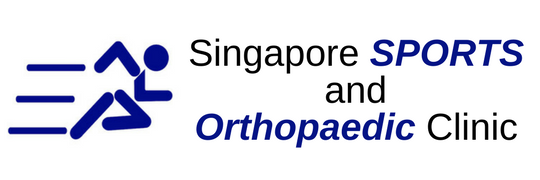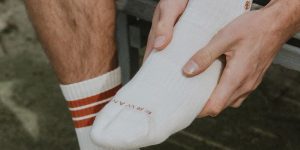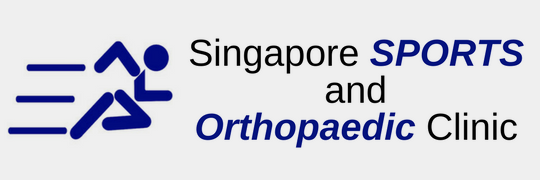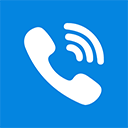Calcaneal apophysities is a bone disorder that causes inflammation of the growth plate in the heel. Although not a disease, it is also called Sever’s disease. During the development of the bone, cartilage cells change into bone cells, forming new bone at the growth plate. During the process, inflammation occurs in the growth plate, causing pain and swelling.
This condition occurs in children whose heel bones are still developing, around the ages 8 to 14. Most often an overuse condition, physically active kids are usually the ones at risk and more patients are reported to have both feet affected. From age 15 onwards, the bones are usually fully developed and unlikely to get this disorder.
Causes
When the heel bone grows faster than the leg muscles and tendons, they are overstretched. And with repeated stress on the growth plate due to physical activity, muscles are strained and tissue inflamed. Sports that require running and jumping such as basketball, soccer and track are common causes of calcaneal apophysities.
Ill-fitting shoes could also contribute to the condition. Without enough support or padding, the heel is constantly rubbing against the shoes or receiving the impact of the foot hitting against the ground, adding pressure to the heel.
Other reasons for this condition could be due to obesity, a tight Achilles tendon, flatfoot, high-arched foot or short leg syndrome.
Symptoms
The patient would feel pain in the back and/or bottom of the heel with redness, swelling and tenderness. When the sides of the heel are squeezed, a sharp pain is felt. During sports activities, the pain would worsen. Even while walking or standing, there would be discomfort and stiffness in the foot. To compensate, the child may limp or walk on toes.
Treatment
If there are no other serious conditions, conservative treatment is usually used to relieve the symptoms of calcaneal apophysities. The patient has to reduce or stop all physical activities. Shoe inserts, heel lifts or orthotic devices are used to support and cushion the heel. Medications such as Nonsteroidal anti-flammatory drugs (NSAIDs) are prescribed to reduce the pain and inflammation.
For further reduction of inflammation, the child has to go through physical therapy that helps to stretch and exercise the calf muscles and Achilles tendons. If the symptoms are very severe, the foot may have to be immobilized in a cast or brace to completely remove weight bearing and hold the heel in position to allow healing.






